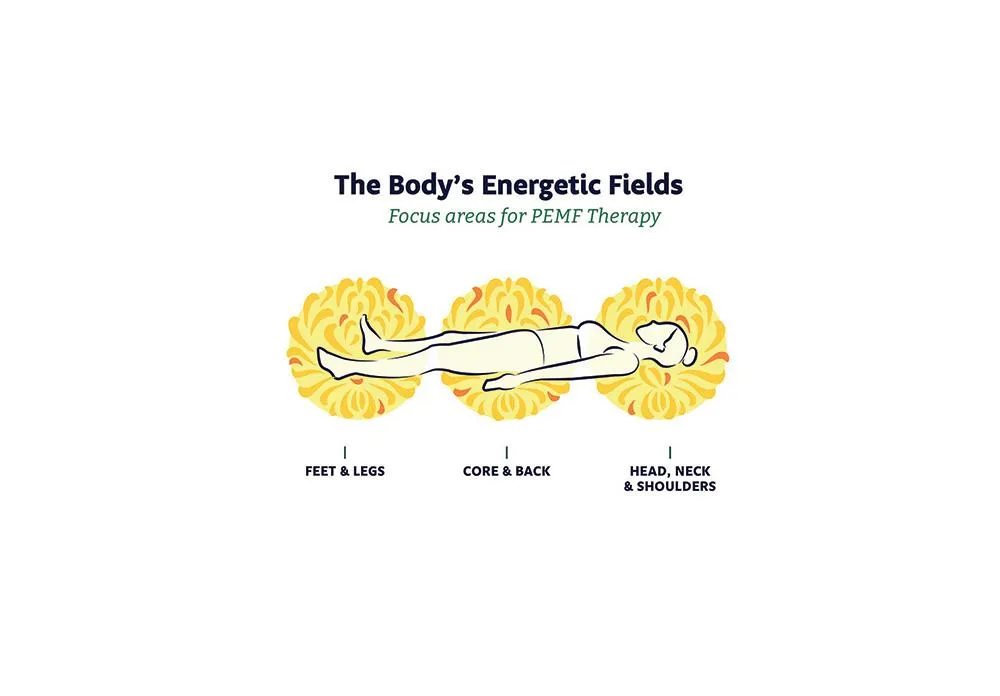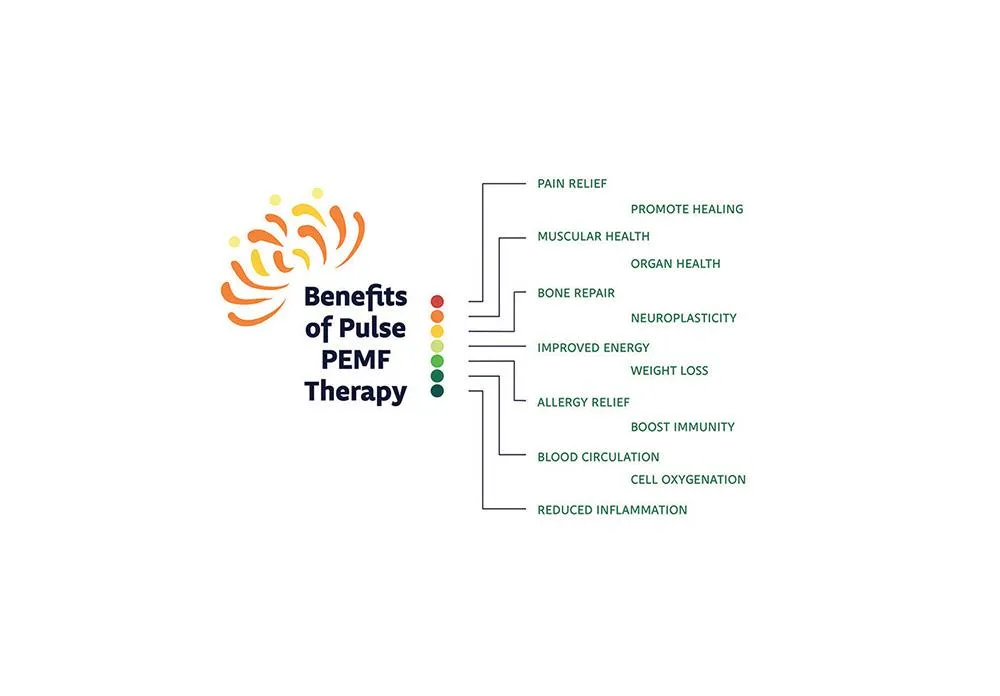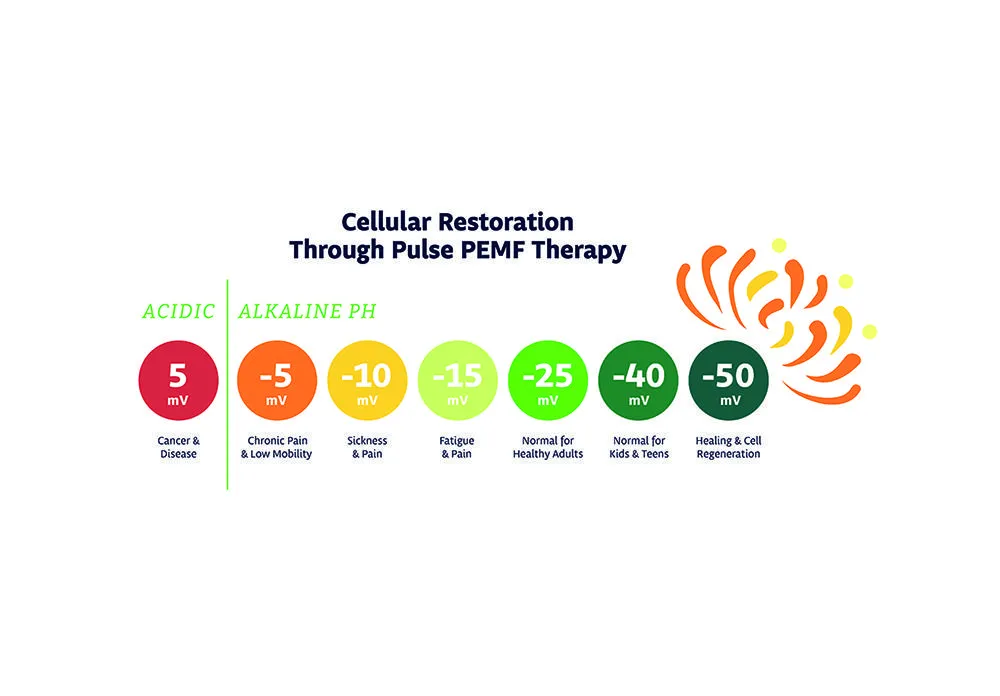W140N6734 Lilly Rd., Menomonee Falls, WI 53051 | (414) 460-1496 | [email protected]

Miranda Zuege
Certified Bioenergetic Testing Practitioner
Zenergy Holistic
“Your body holds deep wisdom. Trust in it. Learn from it. Nourish it. Watch your life transform and be healthy.”
-Bella Bleue
“The mind and body are not separate. What affects one, affects the other.”
-Unknown
“It’s not coincidence that four of the six letters in health are heal.”
-Ed Northstrum
“The groundwork for all happiness is health.”
-Leigh Hunt
“Just because no one else can heal or do your inner work for you doesn’t mean you can, should, or need to do it alone.”
-Lisa Olivera
“We do not stop exercising because we grow old – we grow old because we stop exercising.”
-Dr. Kenneth Cooper
“Every time you eat or drink, you are either feeding disease or fighting it.”
-Heather Morgan
“In order to change, we must be sick and tired of being sick and tired.”
-Unknown
“So many people spend their health gaining wealth, and then have to spend their wealth to regain their health.”
-A.J. Reb Materi
“Let thy food be thy medicine and thy medicine be thy food.”
-Hippocrates
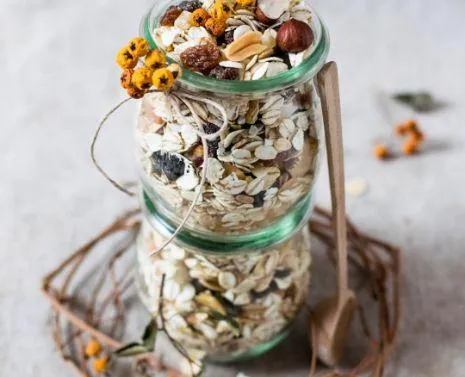
Resources

Mahoney's Maintenance Tips

Dutch's Detoxing

Buddha's Zen Space
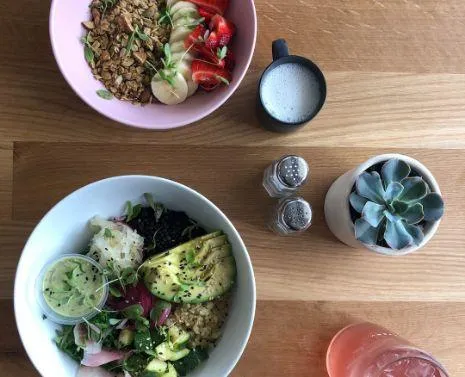
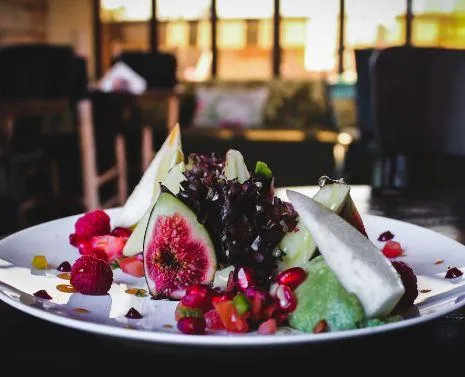
Copyright © 2025 Zenergy Holistic. All rights reserved.

